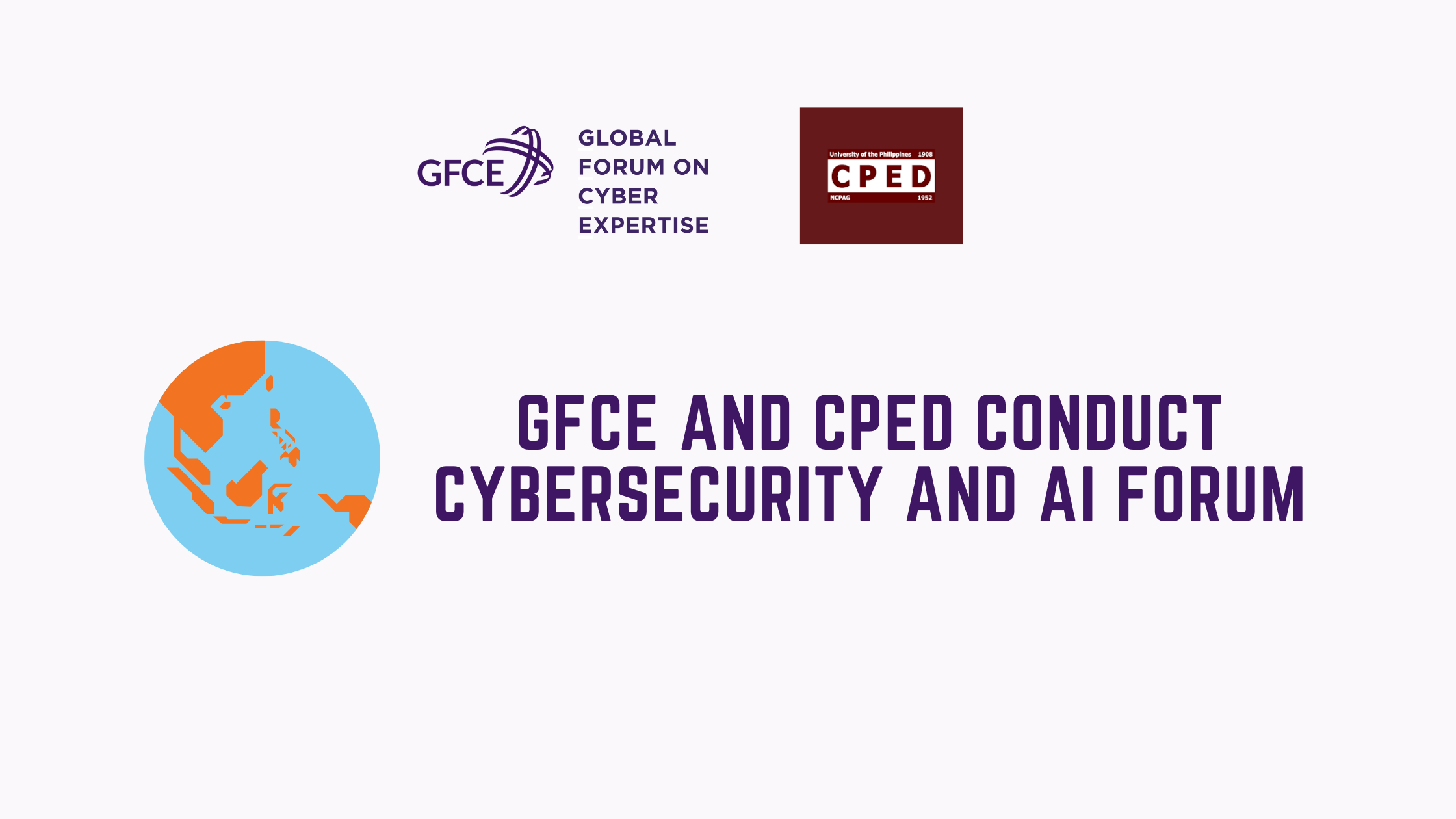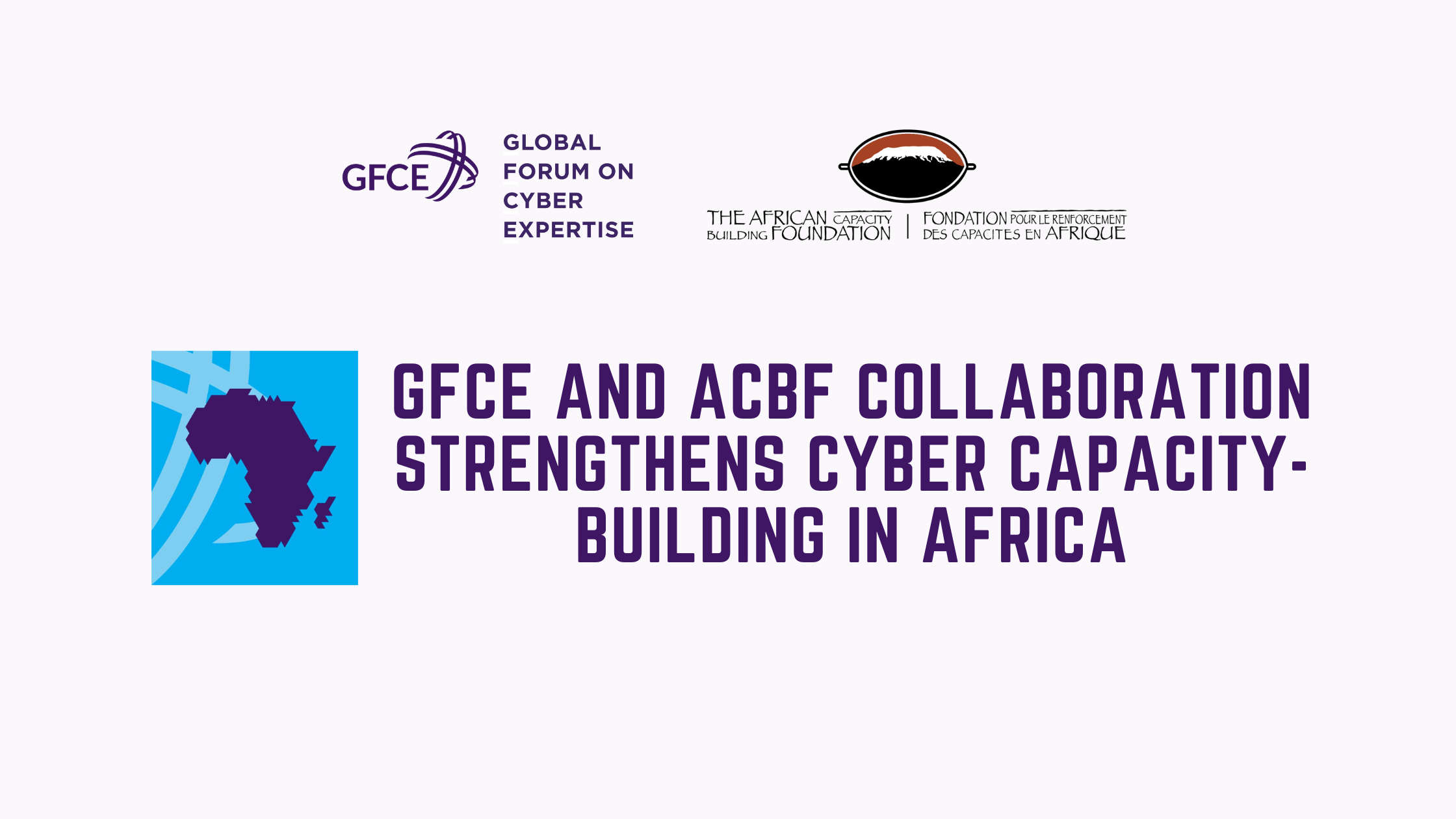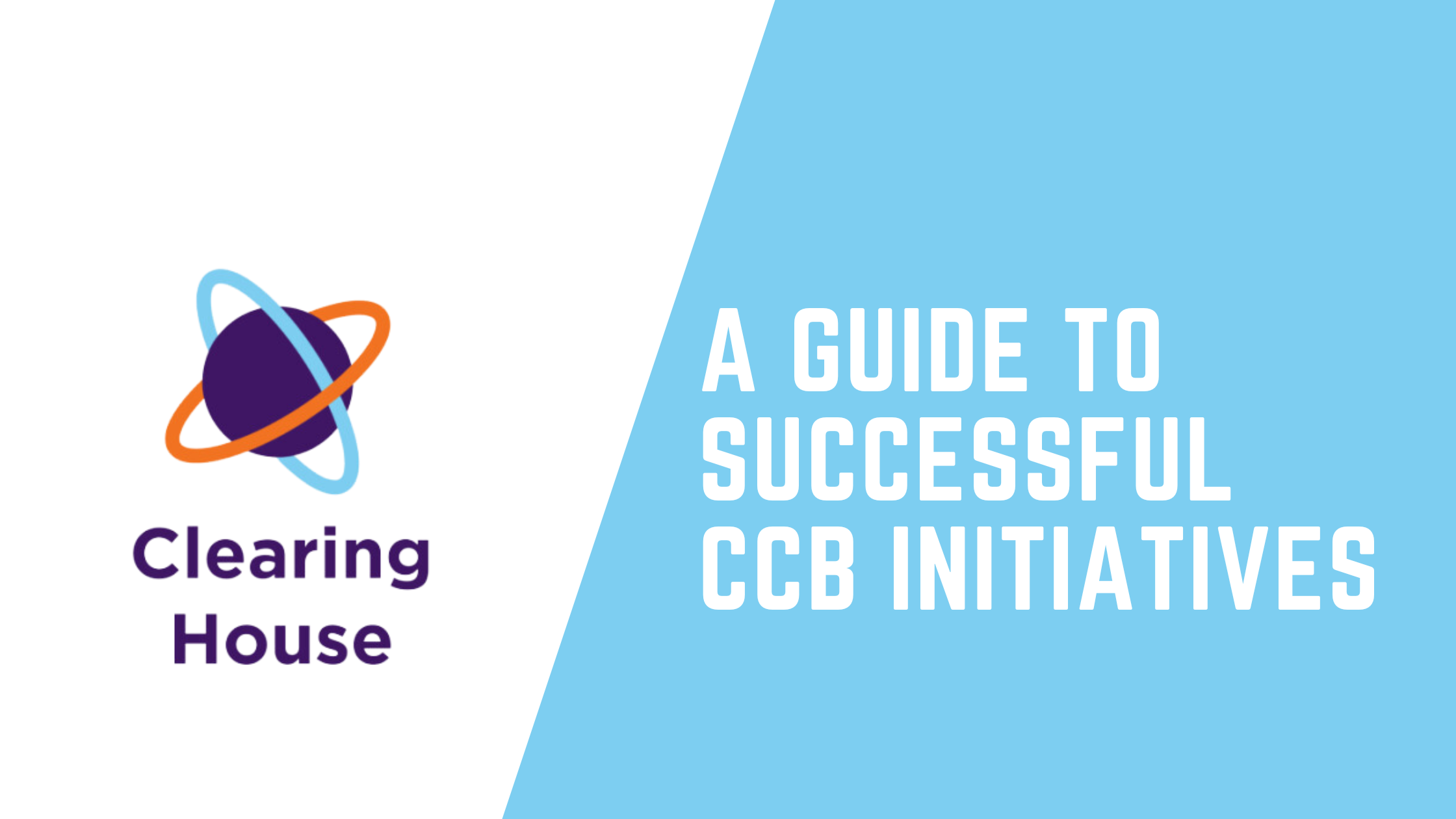U.S. Department of State Provides Support to the GFCE’s Cyber Capacity Building Efforts
The GFCE Foundation and the U.S. Department of State have announced a new partnership, leveraging U.S. funding, to increase international and regional coordination on cyber capacity building projects that aim to mobilize additional resources and expertise to build global cyber capacities. The partnership will focus on providing platforms for cyber policymakers, practitioners and experts from different countries and regions to facilitate sharing of experiences, expertise, cyber capacity building (CCB) best practices and assessments on key regional and thematic cyber issues.
The support from the U.S. Department of State comes at a pivotal point for the GFCE, as in 2021, we have increased our regional focus on coordination and cyber capacity efforts. The Partnership has three focus areas: (1) Collaboration and coordination within and across GFCE regional projects; (2) Development and dissemination of CCB best practices, tools and information that streamline partner nation requests for assistance and influence donor investments; and (3) Increased public awareness and political support for CCB projects.
Michele Markoff, Acting Coordinator for Cyber Issues at the U.S. Department of State, noted, “As Secretary Blinken has said, ‘Cyber capacity building efforts will enhance global security and stability in cyberspace, and the State Department is committed to driving this agenda forward.’ The GFCE plays a key role in these efforts, and we are delighted to provide support to expand its work at the regional level to help ensure that all countries can protect their own critical digital networks.”
Chris Painter, President of the GFCE Foundation Board, noted that “The GFCE is excited for U.S. support of our global and regional cyber capacity building efforts. This partnership will allow for increased collaboration and coordination of cyber capacity building on a regional level and will increase the awareness and usage of the available tools and resources in the field.”


